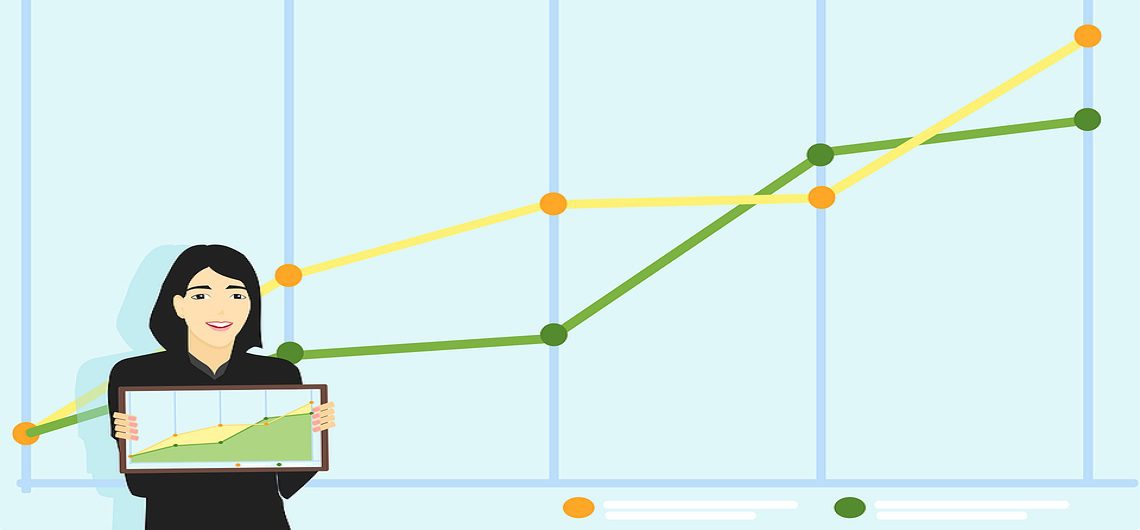by Laura Belyea, COO at KonnectAgain
Over the last few years, we have seen a huge focus on the importance of People Analytics to organisations. People Analytics is critical for an organisation to be able to see people trends as well as improve people related decision making.
But surprisingly, new research from Bersin by Deloitte shows that only 2% of companies are actually performing people analytics effectively, while 69% are still working on it.
These days, “big data” is being used to understand every part of a business and adding analytical tools embedded into your work culture and decision making can do wonders for efficiency, effectiveness and provide results.
Let’s break it down…
What is People Analytics?
It brings together decision makers in organisations and helps give insights into workforce-related decisions and then use predictive analytics. These areas can be talent management, customer satisfaction, absenteeism, etc. As HR has large amounts of data, it often struggles to get analysed and provide insights. It’s very important that the HR Profession has an emphasis on data analytics skills going forward.
What will you need to get it done?
• It is not possible without data accuracy, security and consistency
• Robust people analytics teams and should be used across your company or organization
• Partnerships with business, IT, operations, etc. are key to get it done right. Make sure you are getting everyone involved and on board
Who can it be used on?
• The HR function must have strong data-literacy skills and then approach to all aspects of your company/ organization
When is the time to start using it?
• Right now! Mature organisations are using multiple listening channels to gain a clear understanding of the current issues and start right away. Analytics is being applied to a wide range of business challenges.
Why use it/How to use it?
• Use it to advance your people analytics into maturity
• Successful analytics prioritize actionable information and not solely just collect and analyze
• Organizations can only reach their full potential in analytics maturity when data-drives decision making and is embedded in the culture
• Data-driven decisions are more ethical and based on facts
What areas will it benefit?
Just a couple of great examples to showcase what people analytics can do.
Workplace planning: An example commonly known is succession planning. Support the future goals and objectives of the organisation and ensure you will have the human capital needed to be successful
Employee engagement: Enables decision makers to know where employees stand and take that in account
Organisation design: Optimises the best practices, structures, roles, objectives, and capabilities to make your strategic goals successful
About the author
Laura’s role is to successfully support the start up growth and strategy for KonnectAgain, as well as provide product support with her expertise within the HR industry. Previously posts were director of HR & operations in Telefonica, Elizabeth Arden and ICON












































